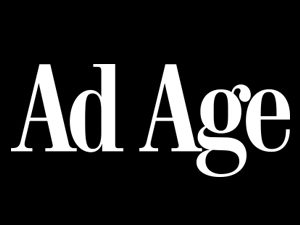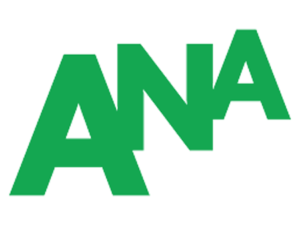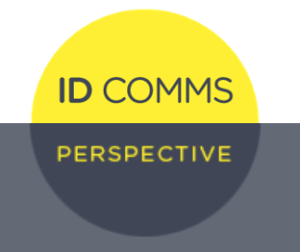
McKinsey & Co. recently asserted that not much has changed three years after the ad-industry uproar over undisclosed media rebates, as Ad Age reported April 30.
Read More Ad Age: ANA Chief: Media-Rebate Uproar Made Change, Whatever McKinsey Says
Don’t feel like googling it? We’ve done it for you for your browsing pleasure. Did we miss one? Submit here

McKinsey & Co. recently asserted that not much has changed three years after the ad-industry uproar over undisclosed media rebates, as Ad Age reported April 30.
Read More Ad Age: ANA Chief: Media-Rebate Uproar Made Change, Whatever McKinsey Says

“We’re at an interesting point—CMOs can achieve more success now by showing growth versus cost cutting.” This quote comes from the former CMO of a leading global brand and reflects a broad desire in businesses to turn marketing into a bona fide engine for growth. An important way to make that happen is to free up dollars and funnel them into high-growth opportunities.

Three years after former Mediacom CEO Jon Mandel gave a blistering speech alleging widespread media rebates in the U.S. — and the Association of National Advertisers launched a crusade to investigate and stop them — nothing much has changed, according to a report by McKinsey & Co.
Read More AdAge: McKinsey: Not Much Has Changed Three Years After The Media Rebate Uproar

This June marks two years since the Association of National Advertisers released the K2 Intelligence investigation of non-transparent transactions in the media buying industry. This was followed in July 2016 by the ANA sponsored Ebiquity/Firm Decisions guidance, Media Transparency: Prescriptions, Principles, and Processes for Advertisers. In the aftermath, we witnessed unprecedented erosion of trust between agencies and advertisers. As we approach this second anniversary, one question looms over all others: Has trust been restored?
Read More ANA Marketing Maestros Blog: The Fog of Trust and Transparency

The lack of transparency in the world of online media—which has led some to describe today’s content landscape as the “Wild Wild West”—has long been an elephant in the room. But for brand marketers, 2018 is the year that it becomes the focal point of conversation.
Read More Adweek: The Moment of Truth Has Come for Digital Advertising’s Transparency Problem

AT&T’s marketers are demanding increased transparency into its digital advertising supply chain and have begun to test blockchain technology that will “verify and validate” the company’s multibillion-dollar ad investment. The goal is to identify who is charging what and when for advertisements, and to better understand the value of the ads being served.
Read More MediaPost DigitalNewsDaily: AT&T Begins Testing Blockchain For Ads, Media Buys

ID COMMS’ David Indo and Tom Denford discuss building a media transparency action plan.
To see the full video, click here.

Major multinational marketers have continued to increase ad spend via programmatic channels, despite widely publicized concerns about brand safety and transparency, finds a new study from the World Federation of Advertisers.

Programmatic has an obvious benefit. It allows brands to automate the process of data-driven campaigns that reach the right audience at scale. It has an obvious drawback too, however — transparency.
Research from new agency Truth claims that four in five — or 79% — of marketers are concerned about transparency, with just one in seven — or 14% — claiming to have no such concerns.
Read More MediaPost LondonBlog: Programmatic Transparency To Remain The Top Issue In 2018

When Capital One hired independent agency The7stars earlier this month, the advertiser’s brand director Katy Lomax hailed the agency’s “transparent approach” to media buying. Less than a week later, food-delivery company Deliveroo echoed that sentiment, calling the agency “compelling.” Both advertisers’ decisions to opt for The7stars rather than big holding groups illustrate that a network agency’s loss is now an independent shop’s gain.